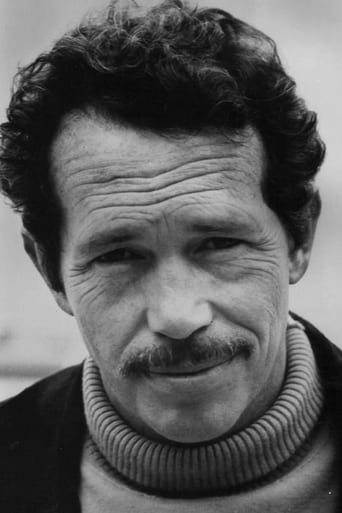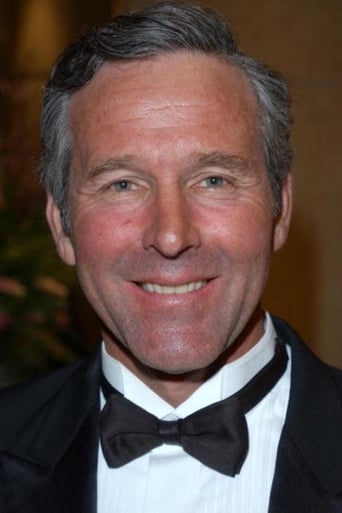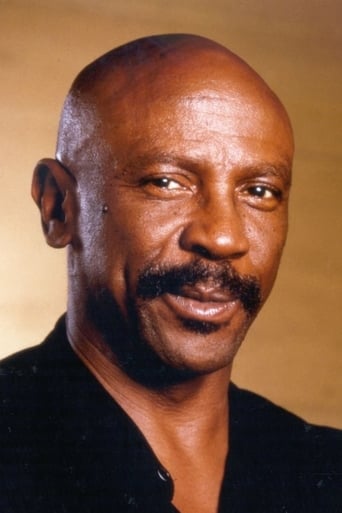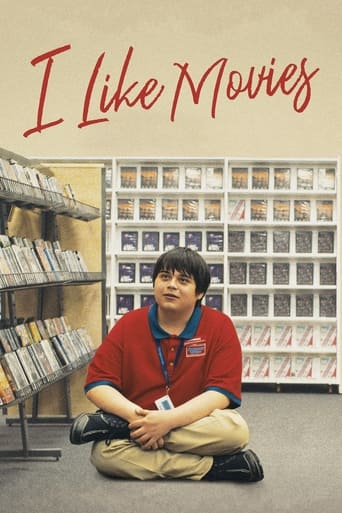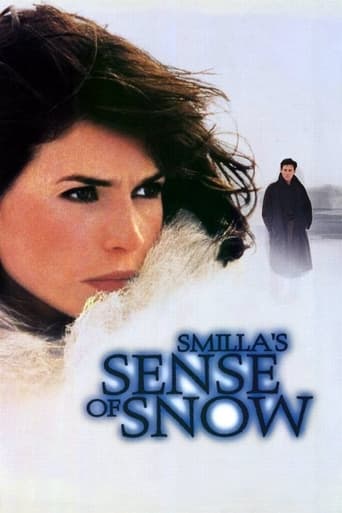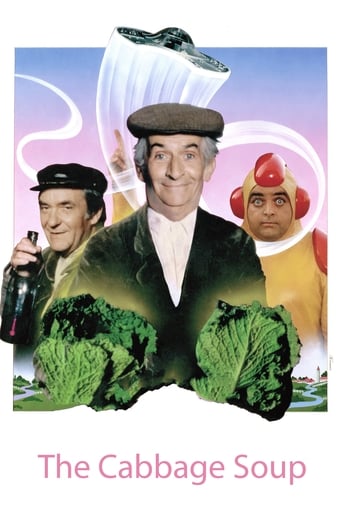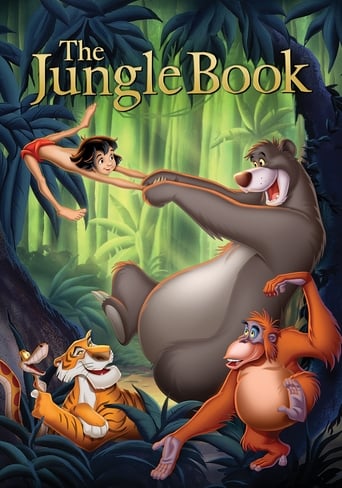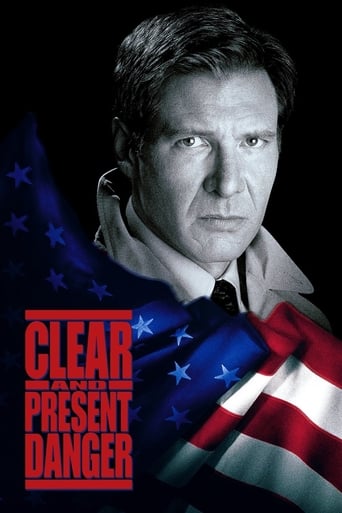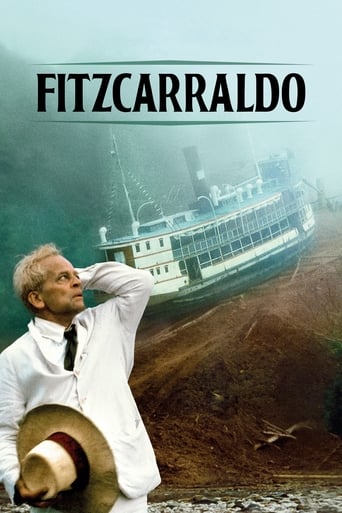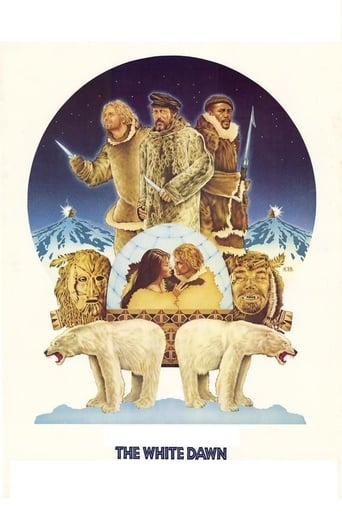

The White Dawn (1974)
In 1896, three survivors of a whaling ship-wreck in the Canadian Arctic are saved and adopted by an Eskimo tribe but frictions arise when the three start misbehaving.
Watch Trailer
Cast
Similar titles
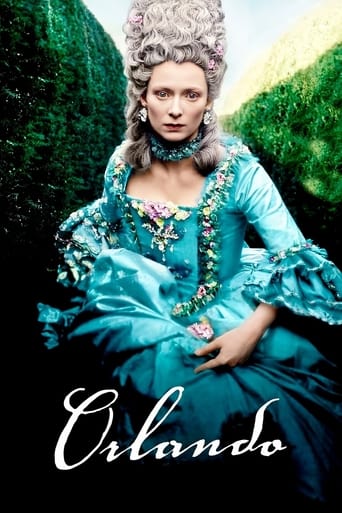
Reviews
I think this is a new genre that they're all sort of working their way through it and haven't got all the kinks worked out yet but it's a genre that works for me.
Great Film overall
Did you people see the same film I saw?
Easily the biggest piece of Right wing non sense propaganda I ever saw.
I saw this film last year at the Chicago International Film Festival with Philip Kaufman and Prof. Annette Insdorf presenting and I was totally blown away. It is both a beautiful love story between a white man and an Inuit woman and a big, spectacular adventure film. There are some amazing scenes, one involving polar bear (this scene alone is amazing and worth seeing the film for) , seal hunting, walrus hunting, boating in the treacherous ice-floes, etc. The performances are excellent from Timothy Bottoms , Warren Oates, Louis Gosset, Jr. and the wonderful actors of the Inuit community. The film continually takes your breath away and has some of the most beautiful love scenes I've ever seen. It's apparently based on a true story of the first encounter of the Inuit with the Dog Children (us). The film has some heartbreaking scenes (which I won't discuss) and the acting by the untrained Inuit actors is truly spectacular. I can't recommend this film enough.
Truth told there's something about the movie that doesn't work, something that stops it just short of fulfilling the potential promised by the setting, story, and talent involved. The problem is not that there's little of plot to speak of because this is the kind of movie that actually benefits from thin plotting but still something seems to be missing.It could be that the movie follows in episodic fashion the life and misadventures of three whalers stranded in Arctic Canada who are saved from certain death by a group of Eskimos but does so without urgency, capturing an evocative snapshot of Eskimo life, perhaps very faithfully, but still in a very Discovery Channel kind of way. Sure, bears and sea otters are slaughtered for food, but it's that, natives trying to survive in their natural habitat the only way they know, not castaways desperately trying to survive in a hostile world the only way they can. We don't see the three fishes out of water struggling to survive, most everything (food, shelter, even women) is provided for them by the friendly Eskimos.It could be that the movie is designed, conceived, as a mood piece yet is shot in a very generic by-the-numbers way. If Philip Kaufman captures no small amount of awe-inspiring shots of the glacial Canadian landscape where the movie was shot, it's because he had little more to do than point the camera at any direction around him to get them. You can imagine how much more potential someone like Werner Herzog could have milked out of a setting like this. The individual shots are good but the way they're strung together is mundane and workmanlike.It could be that for a grim and visceral 'man in the wilderness' adventure, WHITE DAWN is really not very grim or visceral. Kaufman doesn't allow a sense of urgency frostbitten danger or impending doom to seep in. When the three whalers make a run for freedom with a stolen Eskimo boat only to find themselves stranded in the ice again, an Eskimo conveniently shows up to lead them back to safety. Misguidedly the emphasis here is on picturesque rather than bleak. Compare how the three whalers are treated by the friendly wife-sharing Eskimos to the gruesome fate that is reserved in the hands of Algonquin Indians for the Catholic missionaries in Bruce Beresford's BLACK ROBE and the difference highlights a lot of what makes WHITE DAWN a mostly lighthearted affair.Still, not unlike Nicholas Ray's THE SAVAGE INNOCENTS, a lot of the small vignettes that show the whalers cohabiting with the Eskimos are a lot of fun to watch. Chief among the one where Warren Oates cons a man out of his two daughters in a knife-throwing betting contest. But unlike Ray's movie, THE WHITE DAWN hovers plot less, suspended between beautiful scenery and Eskimo customs, for a little too long.Perhaps it's the combination of all the above reasons that makes WHITE DAWN an interesting watchable movie, one closer to a hit than a miss. Warren Oates as the grizzly scruffy third mate is a pleasure to watch, this is the kind of character he could play with eyes closed and that's pretty much what he does. And then there's the ending, which I won't spoil, that couldn't have come from anywhere else than typically disillusioned 70's American cinema.
This movie contains what is surely one of the strangest, most unique, and most fascinating scenes in the history of cinematography.The scene is of an Inuit (Eskimo) ritual. I believe it to be authentic. The screenwriter (who also wrote the original book) lived among and studied the Inuit people for decades and was probably one of the world's foremost (non-Inuit) experts on Inuit culture. Furthermore, the movie was filmed on location and using actual Inuit people as actors.In the ritual, two girls sit cross-legged on the floor, facing each other. They seal their mouths together and take turns blowing air forcefully across the vocal cords of the other person. It creates one of the eeriest sounds I've ever heard. It's kind of a continuous huffing dronal chant, reminiscent of the background drone of bagpipes but without the shrillness. The strangest aspect of it is that there is an undertone of human voices in the sound. You get the feeling that if you listened hard enough, you could make out actual words. It is like no other sound you've ever heard - hair-raising. Who could have ever imagined that the human body could produce such a sound? Basically what they are doing is playing the other person's body like a musical instrument.The girls continue doing this, apparently for hours, hardly stopping to take a breath. They've got to be hyperventilating, or experiencing a buildup of carbon dioxide in their lungs and blood, and it is incredible that they can go on and on like this without fainting. They must go into some kind of dizzy trance-like state.I have never seen or heard of this ritual/technique anywhere but in this movie. I was in Alaska the summer of its Centennial year (1967) and was so fortunate to see a great many demonstrations of Inuit culture as part of the celebrations. But I didn't see anything like this, nor have I come across any description of it in my reading.This movie would be worth seeing, preserving, and collecting on the basis of this one scene alone! (But actually the rest of it is also worth seeing.)
1896: A motley trio of whalers -- gruff, hostile, alcoholic third-mate Billy (a wonderfully crotchety Warren Oates), gentle, humane cabin boy Daggett (a lovely, moving performance by Timothy Bottoms), and fidgety harpooner Portagee (the always fine Lou Gossett) -- get stranded in the Artic after their boat crashes against some ice. The threesome are rescued by and subsequently adopted into a tribe of friendly, helpful, religious Eskimos. Everything goes well for a while. However, the whalers' assimilation into the tribe and its customs proves to be quite rocky: they assist the Eskimos in hunting seals, sleep with numerous Eskimo women, engage in wrestling matches and knife throwing contests, are marked as bearers of bad tidings by a powerful Eskimo medicine man after a series of misfortunes befall the tribe, and make a fruitless attempt at getting back to civilization by stealing an Eskimo boat (they also swipe some fish as well). Eventually the whalers' opposing cultural backgrounds and differing ethical beliefs cause them to have a fierce, bitter dispute with the tribe, which in turn begets violent, tragic consequences for the unsuspecting trio."The White Dawn" works superbly on two levels: 1) a rousing, rugged, totally plausible and absorbing braving the elements action/adventure feature which gives the viewer a tasteful, thoughtful, utterly fascinating look at a unique, intriguing culture that's for the most part grossly ignored and under-explored in cinema and 2) a trenchant, ultimately ironic examination of the fear, ignorance and ridiculous superstitions which are key components of racism and, more revealingly, significant reasons for why distinct cultures can and do clash. Assuredly directed with a clear, sharp eye for minute details by Phillip Kaufman, astutely written by James Houston and Tom Rickman, gorgeously photographed in stunning panoramic scope by Michael Chapman and scored with appropriate elegance and majestic orchestral sweep by Henry Mancini, this cracking good yarn sizes up as a colorful, enthralling and very provocative little knockout.
